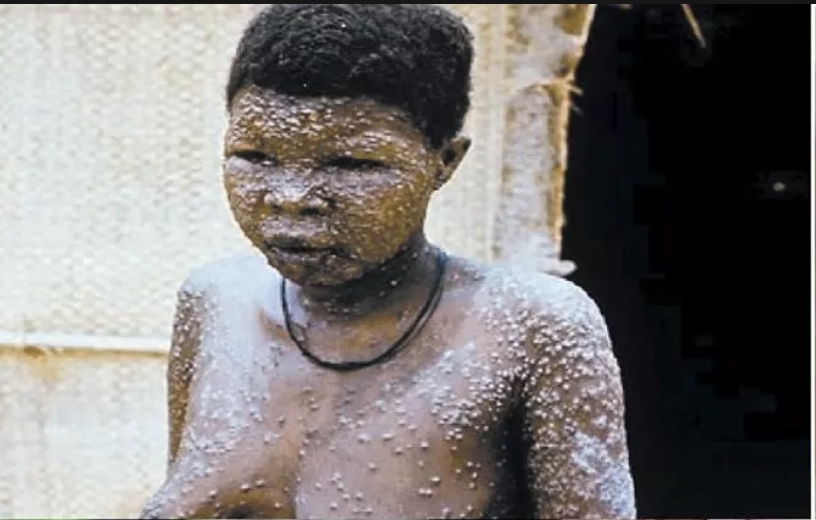Heard on All Things Considered – Back in 1988, scientists in London almost seem to have had a crystal ball.
Writing in the International Journal of Epidemiology, they made a bold – and surprisingly prescient – prediction about monkeypox: Over time, “the average magnitude and duration of monkeypox epidemics will increase,” they wrote.
At the time, monkeypox was an extremely rare disease. Health-care workers detected only a few cases a year in West and Central Africa.
People caught the disease almost exclusively from rodents or primates and then spread the virus to only a few people. Transmission between people was limited.
But the foresighted scientists warned that, over time, these sporadic outbreaks would grow in size and spread geographically.
“In the late 1970s, the world stopped vaccinating people for smallpox. So over the past four decades, immunity to smallpox – and monkeypox – has dropped precipitously.”
“In every monkeypox paper on previous outbreaks, there’s always a warning about how we need to prepare for more outbreaks in the future,” says infectious disease doctor Boghuma Titanji of Emory University. “That prediction has actually borne out.”
Back in the 1990s, there were only about 50 monkeypox cases a year in West and Central Africa. Jump ahead 20 years, and in 2020, there were likely more than 5,000 cases, scientists reported in February.
Now, in 2022, the world is facing the first international outbreak of monkeypox, with more than 450 cases reported in about 20 countries. Many scientists believe additional cases are going undetected, and the virus is likely spreading in communities where monkeypox has never spread before.
So how did the scientists in London know, way back in 1988, that monkeypox was going to eventually surge?
The smallpox connection
“What we’re seeing now is a result of the greatest achievement in public health. That is the eradication of smallpox,” says epidemiologist Anne Rimoin of the University of California, Los Angeles.
Smallpox is one of the deadliest diseases in human history. The highly contagious virus kills up to 30% of the people infected. By comparison, the version of monkeypox in this outbreak kills less than 1% of people infected.
“So monkeypox, in all of its iterations, is much less severe than smallpox,” Rimoin says … READ MORE.
OUR TAKE: The 1988 prediction of a future monkeypox outbreak was scientists saying that viruses will continue to behave way the viruses have always behaved. It’s not any different than “predicting” that the sun will rise tomorrow or the date of the next full moon. – HH



